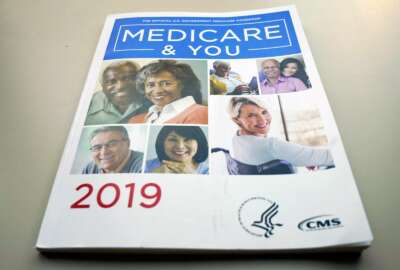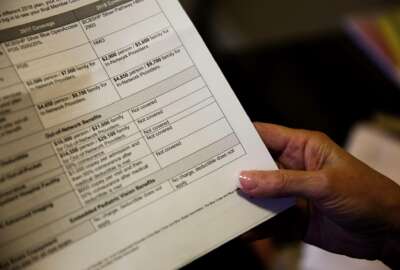
Sleepwalking through open season — again
The end of the federal health insurance open season is just days away but by now most people in the 30-plus plans and options have made their decision.
The end of the federal health insurance open season is just hours away. Technically it’s the close of business Monday, Dec. 9.
But by now most people in the 30-plus plans and options have made their decision, which is to stay in the same plan they were in this year — and last year, and maybe since they joined the government, or retired from it.
By the numbers only about 6% of participants change plans during any given open season even though experts, like Walton Francis of Consumers’ “Checkbook Guide to Health Plans for Federal Employees,” say more like 60% should change — to get better coverage and in many cases to save thousands of dollars in premiums.
The good news for the inertia gang is that all of the health plans are good-to-excellent. But in some cases premiums are just too high for what you get in return. If you are change averse, merely switching from your current plans’ standard option to its basic option will give you essentially the same coverage, and save a ton of money in premiums.
In case you plan some last minute shopping over the weekend here are a few columns that may be helpful. They explain the number one reason you buy health insurance — its catastrophic coverage — and the danger feds face if they opt out of the Federal Employees Health Benefits Program for coverage under a spouse’s private sector health plan. Remember you can save $1,000 to $2,000 next year, maybe even have the plan pay you, just by picking the right plan for you
So what about the 94% who won’t change? Turns out some, maybe a lot of them, aren’t sleepwalking through open season. Turns out they know exactly what they are doing. For example:
“Just wanted to drop a line to let you know that again this year I did due diligence and bought the Checkbook from Walt Francis, looked over the plans both medical and dental and came to the conclusion that I will stay in both plans I currently have. Every year you report out figures that only 3%-5% change plans. This gives the impression that those of us who have plans just sit on our duffs every year and don’t do anything.
“Well, a lot of us do check out the options, but determine that the plan we picked previously is still the best option. I have changed plans three times in the past 20 years, but every year I check out the available plans. Currently I have the CareFirst HDHP and even though I am 61 [years old] and retiring, it still looks to be the best for me. I don’t have that pesky Medicare decision to weigh into the equation for a few years yet.
Related Stories
“For dental I have Met Life High, which is one of the higher ones but there is not a huge difference in cost, but it has one of the higher [percent-to-cost] share for crowns and fillings and no deductible. Some are lower, but I have had one of the others before and the dental practice went back and forth on a simple cost they should have paid for but would not, so that turned me off using them again. I have had no problem with Met Life covering what they say they cover.
“So you see there are many of us that check it out every year, but stay put because we checked it out every year and our previous decision still holds.” — Todd Smith, Gaithersburg, Md.
Nearly Useless Factoid
By Amelia Brust
Israel’s Ministry of Defense has a contract with manufacturers to supply as many nearly 400,000 sufganiyot (jelly donuts) including about 10,000 vegan versions, to troops for the Hanukkah season.
Source: The Jerusalem Post
Copyright © 2025 Federal News Network. All rights reserved. This website is not intended for users located within the European Economic Area.
Mike Causey is senior correspondent for Federal News Network and writes his daily Federal Report column on federal employees’ pay, benefits and retirement.
Follow @mcauseyWFED





